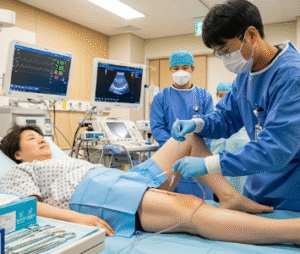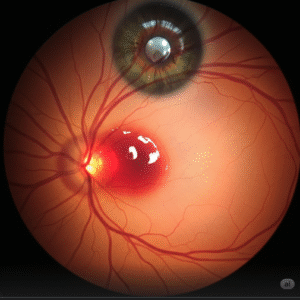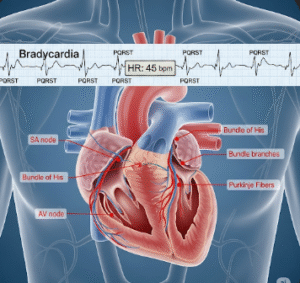What It Is
An abortion is a medical procedure that ends a pregnancy. It involves removing the embryo or fetus from the uterus before it can survive outside the womb. Abortions can be performed using medication or surgical methods, depending on the stage of pregnancy, medical history, and patient preference.
There are two main types:
- Medical abortion – uses prescription medicines to end the pregnancy, typically within the first 10–12 weeks.
- Surgical abortion – involves minor procedures to remove the pregnancy tissue from the uterus.
Abortion is a safe, common, and regulated procedure worldwide. The exact laws and availability vary by country. In Korea, abortion laws were reformed in 2021, and access to abortion has expanded significantly, with services available in selected hospitals and clinics.
Why It’s Done
Abortions may be carried out for medical, personal, or social reasons.
Common reasons include:
- Unplanned or unwanted pregnancy
- Health risks to the mother (such as severe heart disease, preeclampsia, or cancer treatment needs)
- Fetal abnormalities that are incompatible with life or associated with severe disabilities
- Cases of rape or incest
- Psychological or emotional reasons
Benefits of abortion include:
- ➤ Protecting the mother’s health and safety
- ➤ Preventing complications from high-risk pregnancies
- ➤ Allowing family planning and control over reproductive choices
Alternatives
Abortion is not the only option. Patients are usually informed about alternatives before making a decision.
- ➤ Continuing the pregnancy – with preparation for parenthood.
- ➤ Adoption – carrying the pregnancy to term and placing the baby with adoptive parents.
- ➤ Safe-haven laws (where available) – allow mothers to give up newborns anonymously at designated centers.
Preparation
Before undergoing an abortion, preparation is important to ensure safety and informed decision-making.
- ✅ Medical evaluation – ultrasound to confirm pregnancy stage, blood tests to check hemoglobin and Rh factor.
- ✅ Counseling – patients may meet with a healthcare provider to discuss options, risks, and emotional support.
- ✅ Medication adjustments – some drugs (blood thinners, steroids) may need to be paused.
- ✅ Fasting – required if undergoing surgical abortion with anesthesia.
- ✅ Consent process – legal and informed consent is mandatory.
How It’s Done
The method depends on the pregnancy stage:
1. Medical Abortion (up to 10–12 weeks):
- The patient takes two types of medications:
- Mifepristone – blocks pregnancy hormones.
- Misoprostol – causes the uterus to contract and expel the tissue.
- The process takes several hours to a few days.
- Patients may experience cramping, heavy bleeding, and passage of pregnancy tissue.
2. Surgical Abortion:
- Vacuum aspiration (up to 14–16 weeks): A suction device removes the pregnancy tissue.
- Dilation and evacuation (D&E, after 16 weeks): Instruments and suction are used to clear the uterus.
- Hospital setting or clinic – procedure usually takes less than 30 minutes.
Recovery
Recovery varies depending on the method:
- ✔️ Medical abortion: Cramping and bleeding may last a few days to 2 weeks. Normal activities can usually resume in 1–2 days.
- ✔️ Surgical abortion: Mild discomfort and spotting for several days. Most women return to work within 1–2 days.
- ✔️ Follow-up appointment: An ultrasound or exam ensures the uterus is clear.
- ✔️ Emotional support: Some women may experience relief, while others may need counseling.
Possible Complications
Abortion is considered very safe when performed legally and under medical supervision. However, risks exist, as with any medical procedure:
- ⚠️ Excessive bleeding (rare, may need additional treatment)
- ⚠️ Infection if tissue remains or bacteria enter the uterus
- ⚠️ Incomplete abortion requiring a second procedure
- ⚠️ Injury to uterus or cervix (very rare in skilled hands)
- ⚠️ Emotional effects – while many women feel relief, some may need psychological support
Treatment Options in Korea
Abortion laws in Korea changed in January 2021, decriminalizing the procedure. Since then, access to safe abortion services has expanded, particularly in urban centers.
- 🏥 Medical abortion pills (mifepristone + misoprostol) are now available under medical supervision.
- 🏥 Surgical abortion procedures are performed in certified hospitals and women’s health clinics.
- 🏥 Cost-effective care – abortions in Korea are generally more affordable than in Western countries.
- 🏥 Comprehensive women’s health services – counseling, contraception, and follow-up are often included.
- 🏥 International patient programs – clinics in Seoul, Incheon, and Busan offer English-speaking staff and privacy-focused care for foreign patients.
Highlights
- ➤ Abortion is a safe and common medical procedure to end pregnancy.
- ➤ Two main types: medical (pills) and surgical (clinic procedures).
- ➤ Done for medical, personal, or social reasons.
- ➤ Preparation includes ultrasound, counseling, and consent.
- ➤ Recovery is usually quick, with follow-up recommended.
- ➤ Korea provides advanced, affordable, and confidential abortion services under reformed laws.













